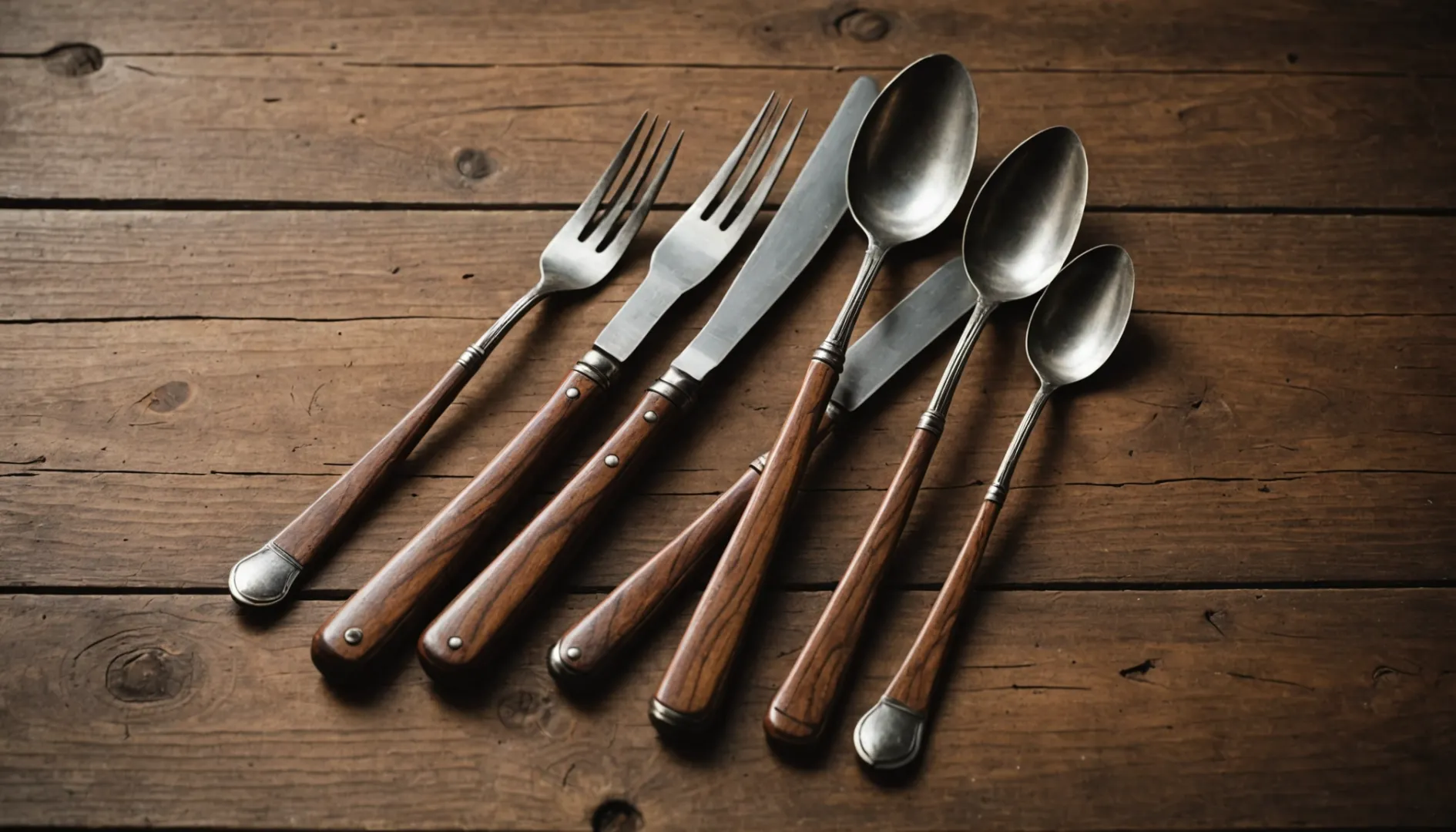
Remember the last time you picked up a wooden fork at a picnic and thought, "Is this really making a difference?" Well, it is, and here's why.
The demand for disposable wooden cutlery is driven by increasing environmental awareness and the search for sustainable solutions to replace plastic. It's catching on in places like Europe and North America, where eco-conscious folks are eager for better options. Plus, clever designs and production methods only add to its charm.
When I first heard about wooden cutlery becoming a big deal, I was intrigued. I mean, who would've thought our humble forks and spoons could be part of a larger movement? The more I looked into it, the more I understood why this trend is more than just a fad.
Environmental concerns are huge drivers here. People, including myself, are really starting to care about what happens to our planet, and wooden cutlery fits right into that narrative. But it’s not just about being eco-friendly; it's also about innovation. There’s something exciting about seeing how manufacturers are coming up with new ways to make these utensils even better. It's like they’re on a mission to prove that sustainability doesn't mean sacrificing quality or style.
As someone who’s tried to make small changes towards a greener lifestyle, I find the whole concept quite encouraging. It's proof that even everyday items can make an impact if we choose wisely. This market is more than just numbers—it's about making choices that align with our values.
Wooden cutlery is more hygienic than plastic.False
Wood is porous, absorbing moisture and bacteria, unlike non-porous plastic.
Wooden cutlery decomposes faster than plastic.True
Wood is biodegradable, breaking down quicker than plastic, which takes centuries.
What Factors are Driving the Market Growth for Wooden Cutlery?
Wooden cutlery is not just a trend; it's a movement toward a greener future, and I can't help but feel inspired by its journey into the spotlight.
The surge in the wooden cutlery market is fueled by our collective push for sustainability, growing consumer demand for eco-friendly alternatives, and tightening regulations against plastic use.
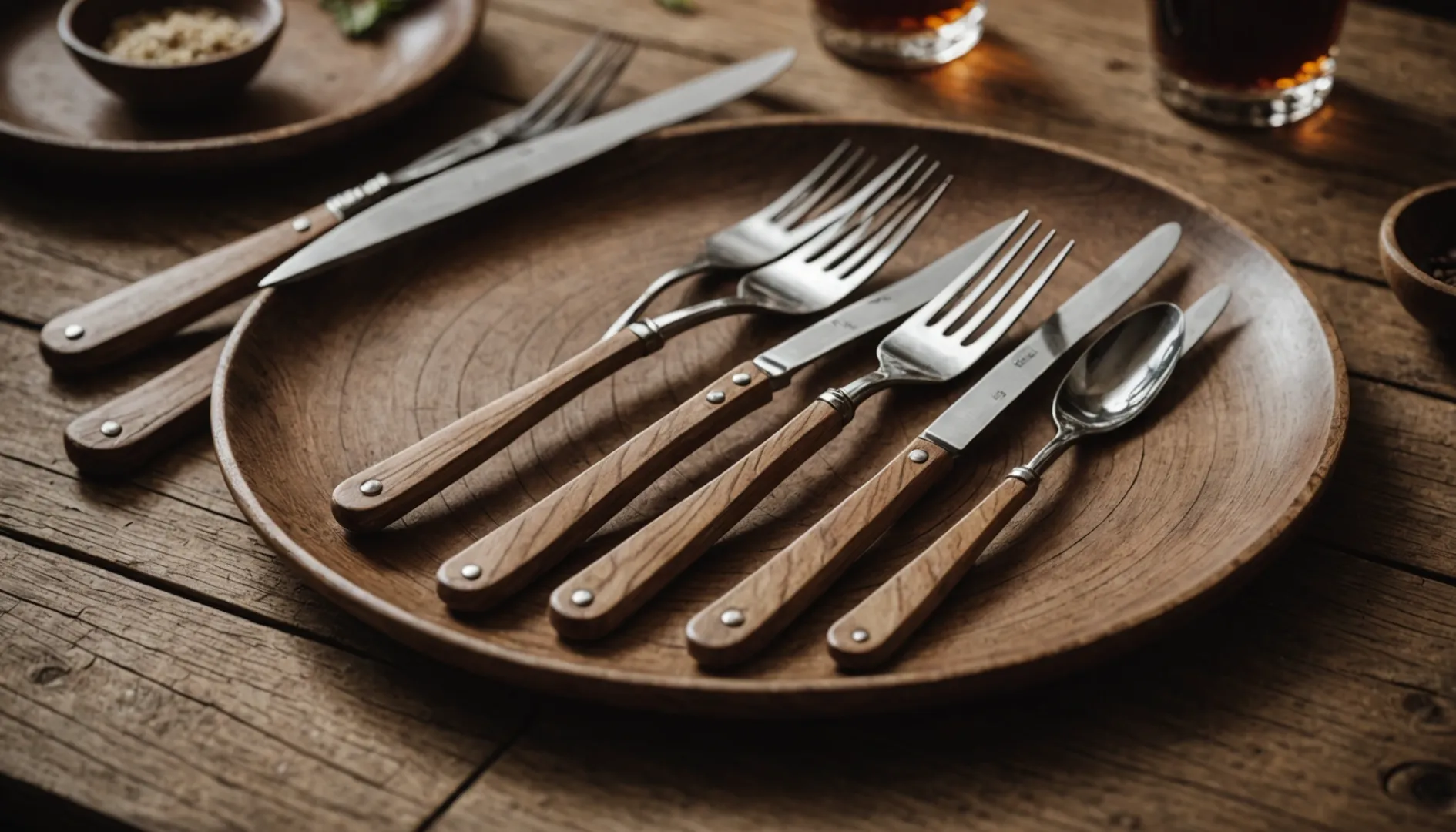
The Shift Towards Eco-Friendly Products
I remember the first time I swapped out my plastic utensils for wooden ones at a local café. It felt like a small step in the right direction, knowing that this little change was part of a bigger wave of consumer demand for sustainable living. Wooden cutlery is not only biodegradable and compostable, but it also feels like a return to something more natural and authentic, especially as people become more environmentally conscious. In places like Europe and North America, where folks are willing to spend a bit more for sustainability, this shift is particularly noticeable. Sustainable products1 are gaining traction as we all try to do our part for the planet.
Regulatory Pressures and Plastic Bans
I’ve seen how local governments are stepping up with tougher laws against single-use plastics. It's been encouraging to witness cities pushing for change, and these regulations are steering us towards options like wooden cutlery. The innovation in this space is exciting, with new materials and designs popping up. It's almost as if necessity truly is the mother of invention. As more cities join the plastic ban bandwagon, it's clear that finding sustainable options2 isn't just an option—it's a necessity.
Innovations in Design and Functionality
Manufacturers are getting creative, which reminds me of how my friends and I used to brainstorm solutions to everyday problems back in college. They're enhancing wooden cutlery with new techniques that improve durability while staying true to sustainability goals. Some are mixing in bamboo fiber to make the cutlery even stronger without sacrificing eco-friendliness. This focus on resource efficiency ties into the minimalist design trends I’ve always appreciated, making these products both practical and stylish.
Consumer Preferences and Market Trends
There's something undeniably charming about the natural look of wooden cutlery. I’ve noticed that people, especially younger generations, are drawn to its simplicity and authenticity—qualities that resonate deeply with the low-waste lifestyle many aspire to. It’s fascinating to see how marketing strategies highlight these attributes, turning wooden cutlery into not just a product but a statement. Social media is abuzz with campaigns showcasing this "natural beauty," capturing the hearts of those prioritizing eco-friendly living.
Supply Chain Transparency
The demand for transparency is something I can relate to as an informed consumer. With technology like blockchain providing insights into product sourcing, it feels reassuring to know that the wood in my cutlery comes from sustainable origins. This transparency builds trust and aligns perfectly with what eco-conscious consumers3 expect from brands today. Companies that can trace their products' journey from forest to table often find themselves ahead of the curve in markets with strict regulatory standards.
Wooden cutlery requires regular oiling to maintain durability.True
Oiling prevents cracking and maintains the integrity of wooden utensils.
Plastic cutlery decomposes faster than wooden cutlery.False
Plastic takes hundreds of years to decompose, unlike biodegradable wood.
How Does Wooden Cutlery Compare to Other Eco-Friendly Alternatives?
Ever found yourself pondering whether wooden cutlery is the best eco-friendly choice for your next picnic?
Wooden cutlery is eco-friendly because it decomposes naturally and is sourced sustainably. However, it needs proper care to remain hygienic and durable. When compared to bamboo, which grows faster, and biodegradable plastics with varied breakdown rates, your choice depends on personal taste and maintenance preferences.
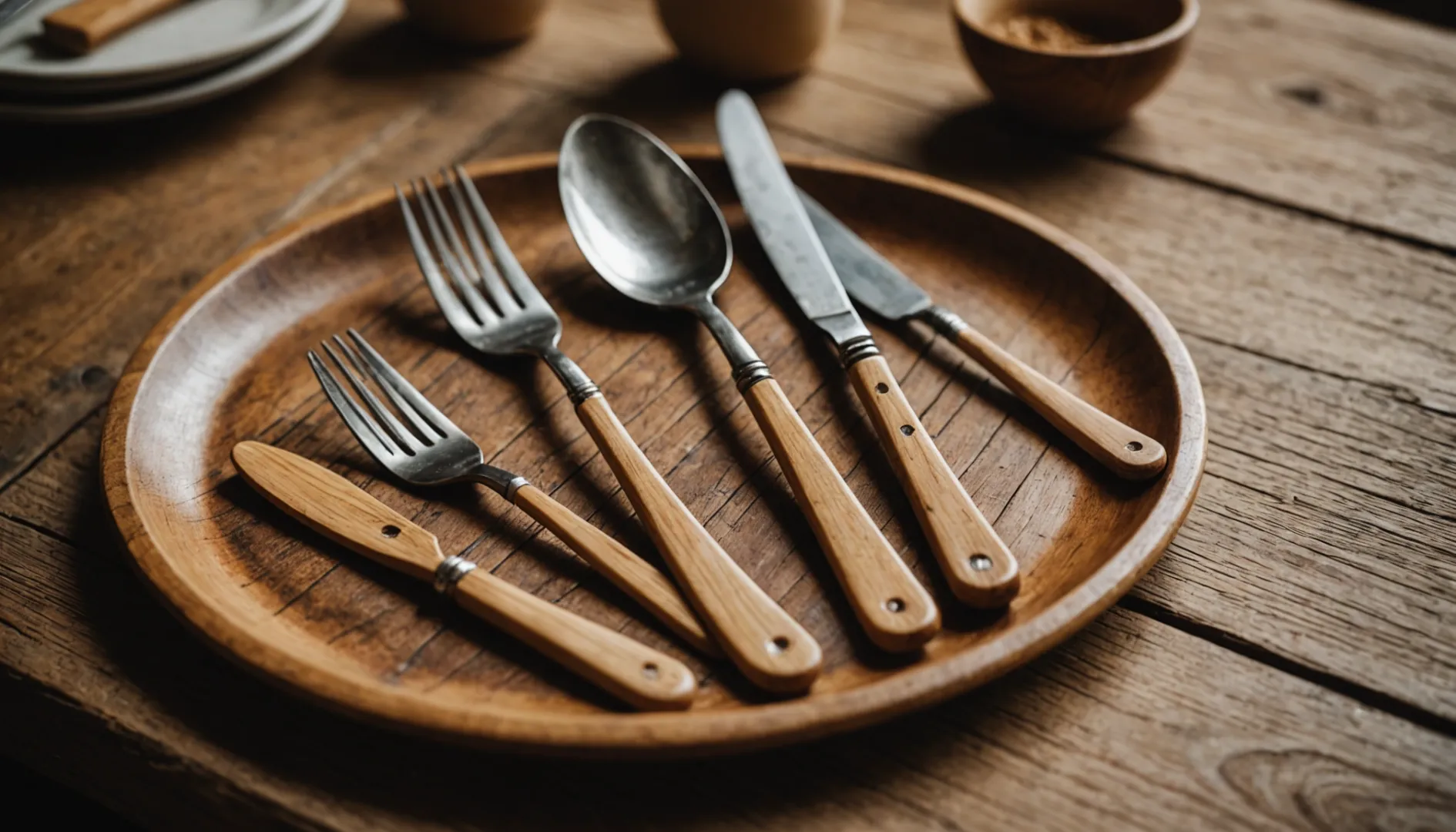
Sustainability and Environmental Impact
Let me tell you a little story. I remember the first time I swapped out my plastic utensils for wooden ones. It was a small step, but I felt like I was making a significant impact. Wooden cutlery, in essence, is like that – it breaks down much faster than the plastic that litters our oceans for centuries. But, of course, not all wood is equal. The key here is sourcing it responsibly. When wood comes from responsibly managed forests4, we help ensure that we're not doing more harm than good. Bamboo cutlery often takes the sustainability crown because of how quickly bamboo grows and how little it demands from the land.
Then there's biodegradable plastics – a bit of a wild card in the eco-friendly realm. Some of these break down quickly in industrial composting facilities, while others hang around longer than you'd expect. It's a bit like playing a guessing game, which makes wooden cutlery's predictability quite comforting.
Durability and Usability
In terms of durability, I've always found wooden utensils to be sturdy and familiar. They remind me of the fancy dinners where I'd use those polished maple forks that felt just right in my hand. But here's the catch: if you don't care for them properly, they can absorb moisture and start to degrade. Manufacturers often coat them with natural finishes like beeswax, but these do need a bit of TLC to keep up.
Bamboo cutlery is what I reach for when I know I'm going to be rough on my utensils – think camping trips or outdoor barbecues. It's naturally resistant to wear and moisture, requiring much less fuss than wood.
And then there are biodegradable plastics. While they can be as durable as traditional plastics in some cases, they're not great with high heat or acidic foods – something to keep in mind if you're planning a feast.
Hygiene Considerations
Hygiene is another area where things get interesting. Wooden cutlery can be a bit porous, so if it's not maintained well, bacteria might become an unwanted guest at your dinner table. Regular cleaning and oiling can make a big difference.
Bamboo has this natural edge with its antibacterial properties – a big win if you ask me. It requires less maintenance, making it an excellent choice for those of us who want to be kind to the planet without spending hours on upkeep.
Biodegradable plastics do resist bacteria better than untreated wood but lack bamboo's natural antimicrobial traits. If hygiene is your top priority and you want to keep things green, bamboo might just be your best bet.
Aesthetic Appeal and Consumer Preference
I have to admit, there's something about the look of wooden cutlery that I find irresistible. The natural grain and warm colors add a rustic touch that makes any meal feel special.
Bamboo offers a similar charm but with its own texture that appeals to different tastes. And if you're someone who likes variety, biodegradable plastics might catch your eye with their vibrant colors and unique shapes.
Ultimately, choosing the right eco-friendly cutlery is all about what matters most to you – whether it's sustainability, durability, hygiene, or aesthetics. Each option has its pros and cons, but what's most important is finding what aligns with your values and lifestyle.
Wooden cutlery absorbs moisture easily.True
Wood's porous nature makes it prone to absorbing moisture, unlike plastic.
Bamboo cutlery regenerates slower than wood.False
Bamboo grows faster and is more sustainable than wood in regeneration.
How Do Eco-Certifications Build Consumer Trust?
Remember that feeling when you finally found a brand you could trust? Eco-certifications can do just that for consumers seeking sustainable products.
Eco-certifications help consumers by providing assurance that products meet specific environmental standards, thereby enhancing trust and credibility. They act as a verification tool for sustainable practices, guiding eco-conscious purchasing decisions.
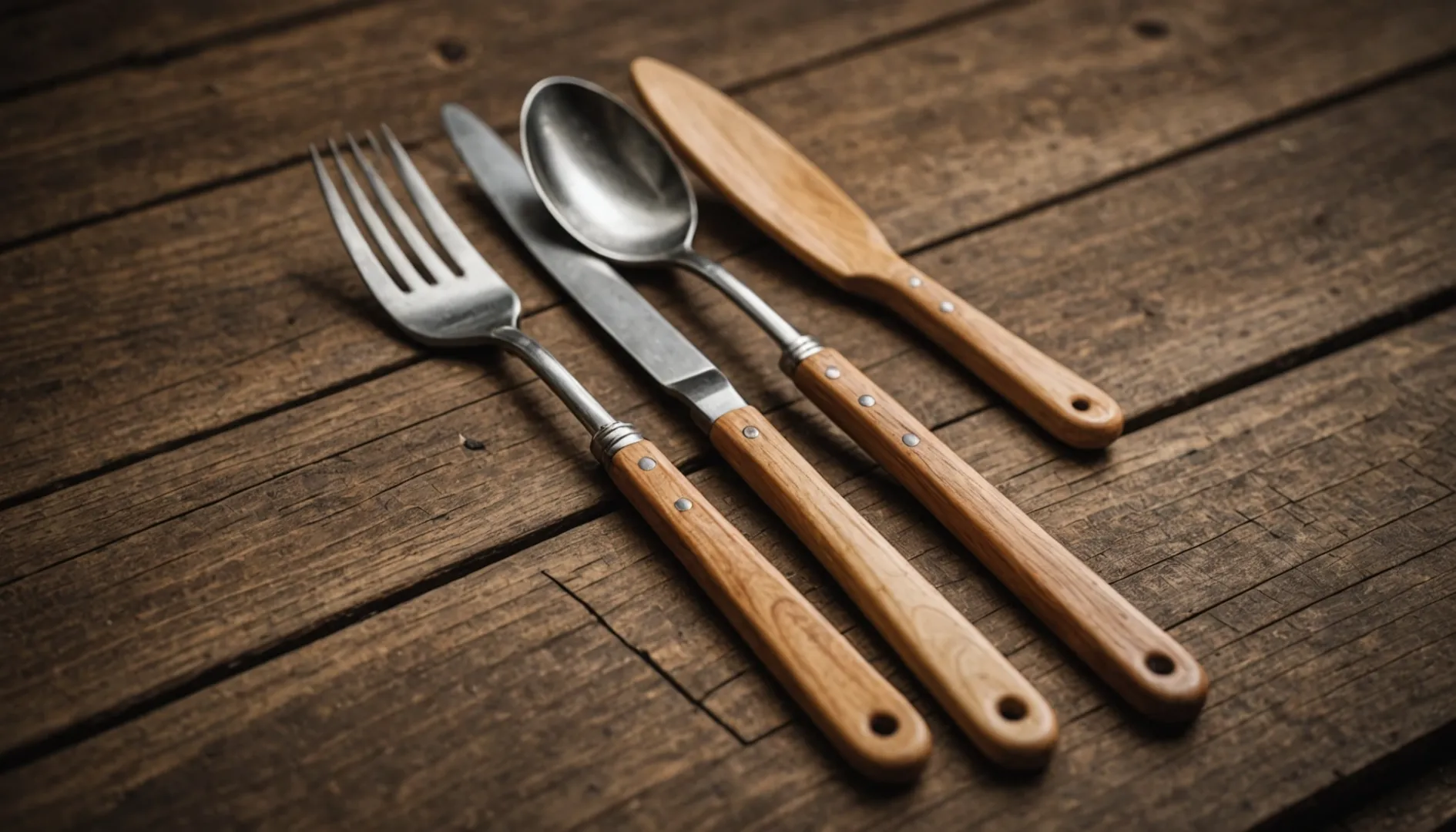
Understanding Eco-Certifications
Eco-certifications are like getting a gold star on a school project. They're those neat little labels or seals that tell you a product has met certain environmental standards. Awarded by independent third-party organizations, these certifications are like having a trustworthy friend vouch for a product's eco-friendly credentials. In a world where greenwashing—false claims about being green—is rampant, these certifications serve as the solid proof we often need. This external validation5 is crucial in markets where misleading claims about environmental benefits are prevalent.
Influence on Purchasing Decisions
I remember standing in the grocery aisle, feeling overwhelmed by choices until I spotted the Forest Stewardship Council (FSC) logo on a pack of paper towels. It was like a lighthouse guiding me through the storm of indecision. Knowing that FSC means responsibly sourced materials made my decision easy and guilt-free. If you're anything like me, these certifications make all the difference, especially if you're willing to pay a bit more to do right by the planet. Eco-certifications play a significant role in guiding these decisions6.
Building Brand Loyalty Through Transparency
Brands that proudly wear their eco-certifications seem to build a connection with me. It's like they've let me in on their secret sauce for doing good in the world. This transparency builds trust, especially in industries like food and cosmetics where knowing where ingredients come from can be as clear as mud. When I find a brand that aligns with my values, they often become my go-to, all thanks to those credible eco-certifications and their commitment to sustainability through ingredient sourcing7.
Differentiation in Competitive Markets
In crowded markets, an eco-certification can be a beacon for eco-conscious consumers like us. Products with these labels stand out, catching our eyes and sometimes even opening doors to new markets where sustainability is non-negotiable. For businesses, adopting reputable certifications can be key to unlocking these opportunities and offering them an edge over competitors.
Addressing Consumer Skepticism
It's easy to be skeptical these days with so many brands claiming to be green. Eco-certifications cut through the noise by providing verifiable assurances of sustainability. They're like the bridge connecting consumer trust and company promises, making sure only truly sustainable products carry these trusted labels and providing assurance of sustainability8.
The Role of Technology in Enhancing Certification Credibility
With tech stepping into the scene, eco-certifications are getting a credibility boost. Technologies like blockchain offer transparent and unchangeable data about product origins and supply chains, which makes verifying certifications a breeze. This tech-savvy approach not only strengthens trust but also meets modern demands for accountability and transparency in sourcing.
Wooden cutlery requires regular oiling to maintain durability.True
Regular oiling prevents moisture absorption and cracking, extending utensil life.
Wooden cutlery decomposes faster than plastic alternatives.True
Wooden cutlery is biodegradable, breaking down quicker than plastic, which takes centuries.
How Are Innovations Shaping the Future of Wooden Cutlery?
Imagine eating your favorite meal with wooden utensils that are not only chic but also eco-friendly and surprisingly durable. It's all thanks to some incredible innovations.
Innovations in wooden cutlery are transforming the industry by using advanced materials, eco-friendly coatings, and improved manufacturing techniques to enhance durability, hygiene, and sustainability.
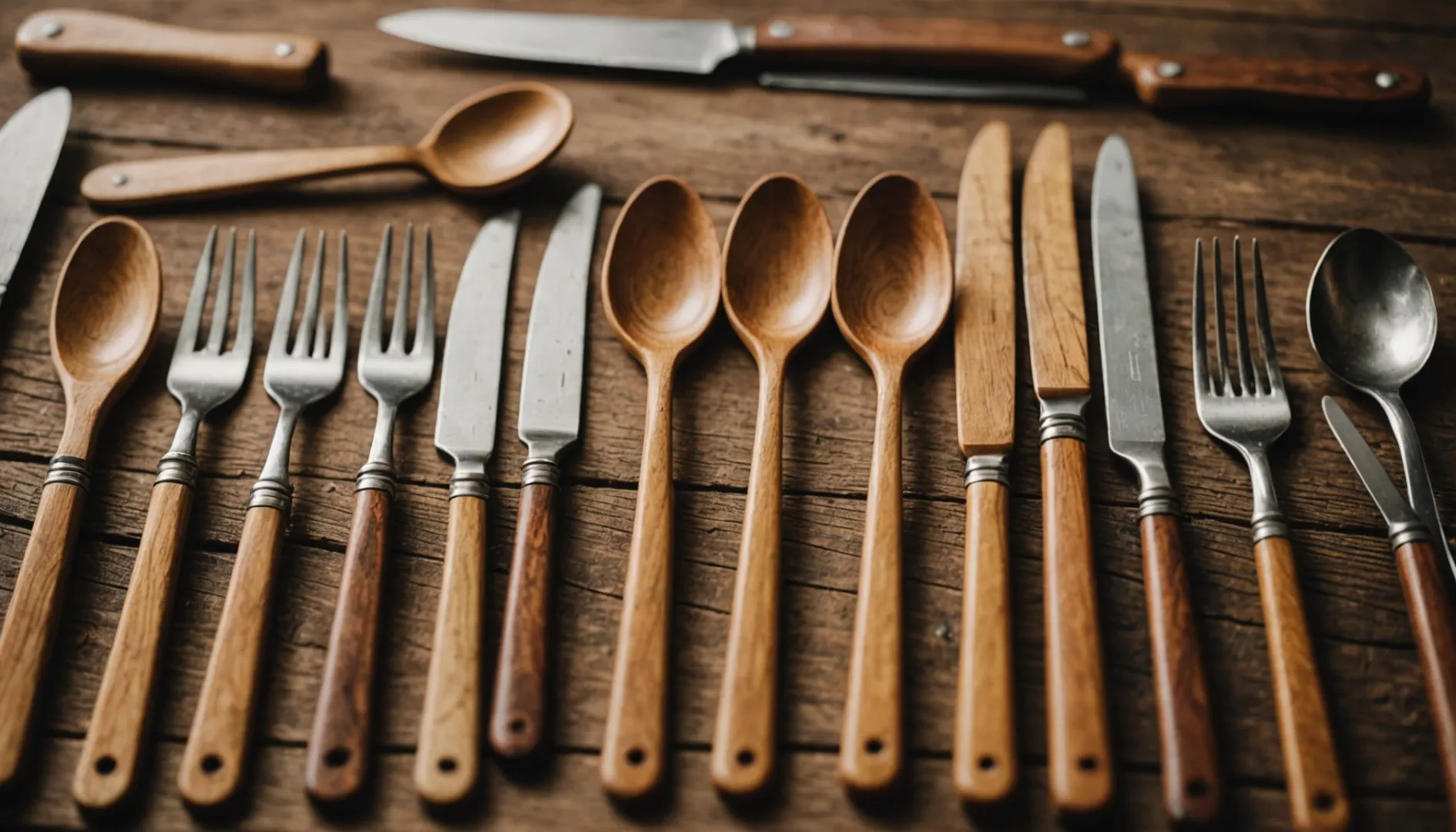
Advanced Materials and Coatings
I remember the first time I used wooden cutlery at a friend's picnic—it felt like such a natural choice, yet I worried about how it would hold up. Turns out, the secret lies in these advanced coatings they're using now. They're crafted from natural oils or waxes that make the utensils last longer and fend off moisture and bacteria. Plus, some companies are blending wood with bamboo fibers to make them even sturdier. It's like having the best of both worlds—a light yet durable utensil.
One of the key innovations in wooden cutlery lies in the development of advanced materials and coatings. Manufacturers are now using natural and biodegradable coatings that improve the durability of wooden utensils while ensuring they remain environmentally friendly. These coatings, often derived from plant oils or waxes, not only enhance the utensil's lifespan but also protect against moisture and bacterial growth. Some companies are exploring composite materials, combining wood with bamboo fibers for added strength, offering a lightweight yet durable product.
Sustainable Manufacturing Practices
Sustainability isn't just a buzzword for me; it's a lifestyle choice. And seeing companies embrace sustainable manufacturing practices is genuinely heartening. They're sourcing wood from responsibly managed forests and optimizing production processes to be as eco-friendly as possible. It's reassuring to know that every time I opt for wooden cutlery, I'm choosing something that leaves a lighter footprint on our planet.
Companies are increasingly focusing on sustainable manufacturing practices9 that minimize waste and energy consumption. This includes sourcing wood from responsibly managed forests and ensuring that the entire production process is eco-friendly. Life Cycle Analysis (LCA) is being adopted to measure and improve environmental impact, providing transparency and accountability to consumers who value sustainability.
Design and Functionality Enhancements
Have you ever picked up a piece of cutlery and thought, "Wow, this feels just right?" That's the magic of thoughtful design. Minimalist designs are trimming down material use without compromising on strength, making these utensils not just eco-friendly but also more affordable. And ergonomic features? They're not just for high-tech gadgets anymore—they're making wooden cutlery easier and more comfortable to use.
Innovative design approaches are also reshaping wooden cutlery. Minimalist designs that use less material without sacrificing durability are becoming popular. Such designs reduce both production costs and environmental impact. Additionally, some manufacturers are experimenting with new shapes and textures to improve functionality and user experience. For instance, adding ergonomic features or textured handles can enhance grip and usability.
Technology and Transparency in Supply Chains
In a world where transparency is king, knowing exactly where my cutlery comes from gives me peace of mind. Technologies like blockchain are revolutionizing how we track these items from forest to table. This kind of openness not only builds trust but also assures me that my choices align with ethical production practices.
The use of technology to ensure supply chain transparency is another significant innovation in the field. Technologies like blockchain are being utilized to track the origin of materials, ensuring that they are harvested sustainably. This not only builds consumer trust but also aligns with growing demands for ethical production10 practices.
Consumers can now trace the journey of their cutlery from forest to table, reinforcing the product's eco-friendly credentials.
Market Trends and Consumer Preferences
There's been a noticeable shift toward sustainable products lately, which is music to my ears as someone who cares about environmental issues. Brands that highlight their biodegradable materials and natural looks are catching my eye more than ever. It feels good to support companies that align with my values.
As consumer preferences shift towards more sustainable products, the demand for innovative wooden cutlery is on the rise. This demand is driven by increased awareness of environmental issues and a desire for eco-friendly alternatives to plastic.
Brands that emphasize their products' biodegradability,
natural aesthetics,
and lack of harmful additives are particularly appealing
to environmentally conscious consumers.
Compliance and Certifications
Navigating global markets requires a stamp of approval from
the right bodies.Certifications like FSC (Forest Stewardship Council)
and FDA mean a lot
to me because they guarantee
the products I use safe & responsibly sourced.It’s like having badge trust every spoonful forkful enjoy.Compliance international standards crucial manufacturers aiming capture global markets.Certifications such FSC indicate responsible sourcing,FDA approvals ensure safety food contact.Meeting standards boosts market credibility(PLACEHOLDER_12345XYZAB)provides competitive edge regions stringent environmental regulations.
Wooden cutlery requires regular oiling to maintain integrity.True
Regular oiling prevents wooden cutlery from cracking and extends its lifespan.
Wooden cutlery is less environmentally friendly than plastic.False
Wooden cutlery is biodegradable and decomposes faster than plastic, making it more eco-friendly.
Conclusion
The demand for disposable wooden cutlery is rising due to environmental awareness, innovative designs, and regulations against plastic, making it a sustainable choice for eco-conscious consumers.
-
Understand current trends driving eco-friendly product demand. ↩
-
Explore which cities are leading plastic ban initiatives. ↩
-
Gain insights into consumer preferences for sustainable products. ↩
-
Learn how sustainable forestry practices contribute to eco-friendly cutlery. ↩
-
Understand how third-party organizations enhance product credibility. ↩
-
Learn how certifications guide eco-conscious buying. ↩
-
Explore the impact of transparent sourcing on consumer trust. ↩
-
Discover how certifications verify genuine sustainability claims. ↩
-
Discover eco-friendly methods reducing waste and energy in production. ↩
-
Learn how ethical sourcing enhances consumer trust. ↩

